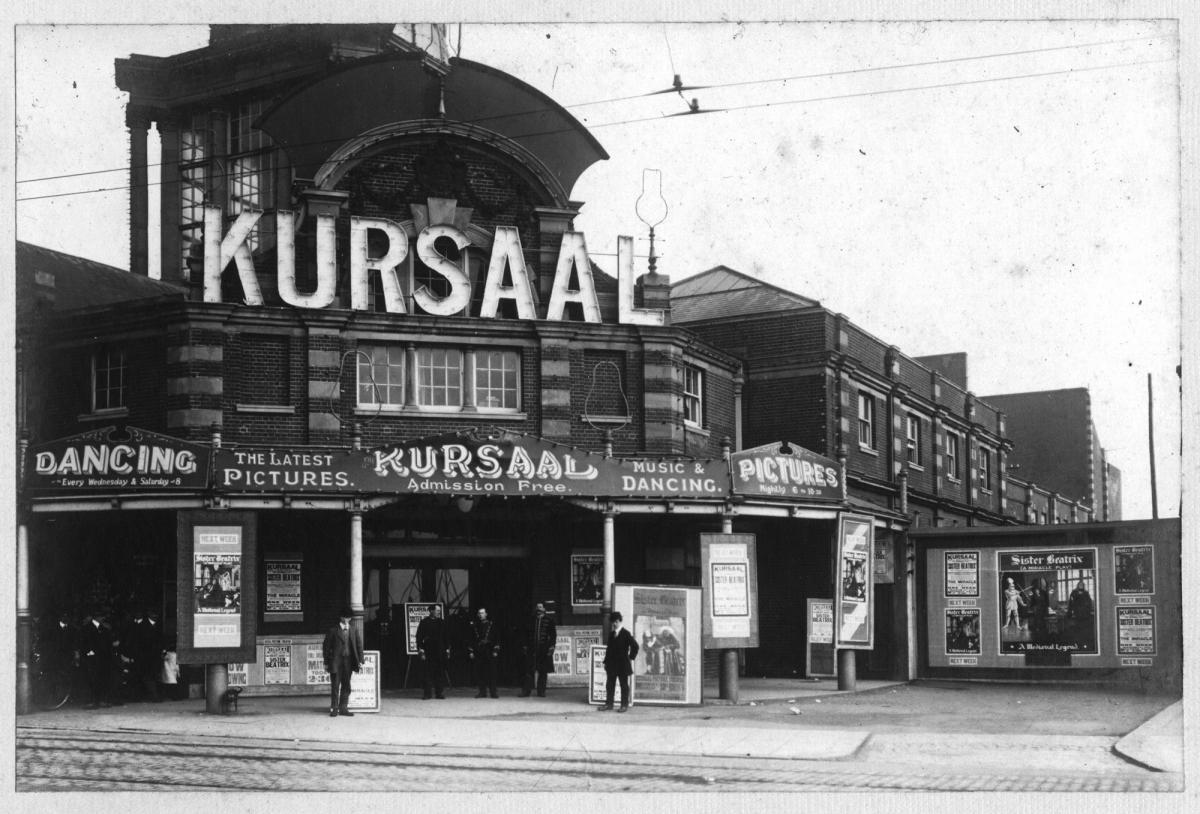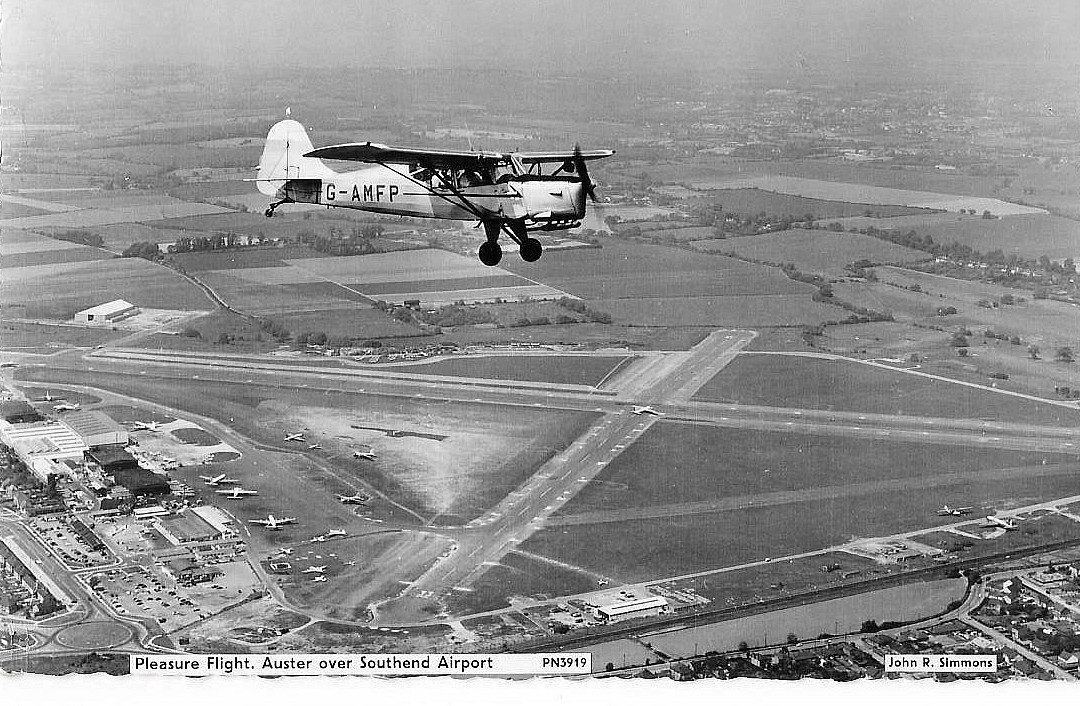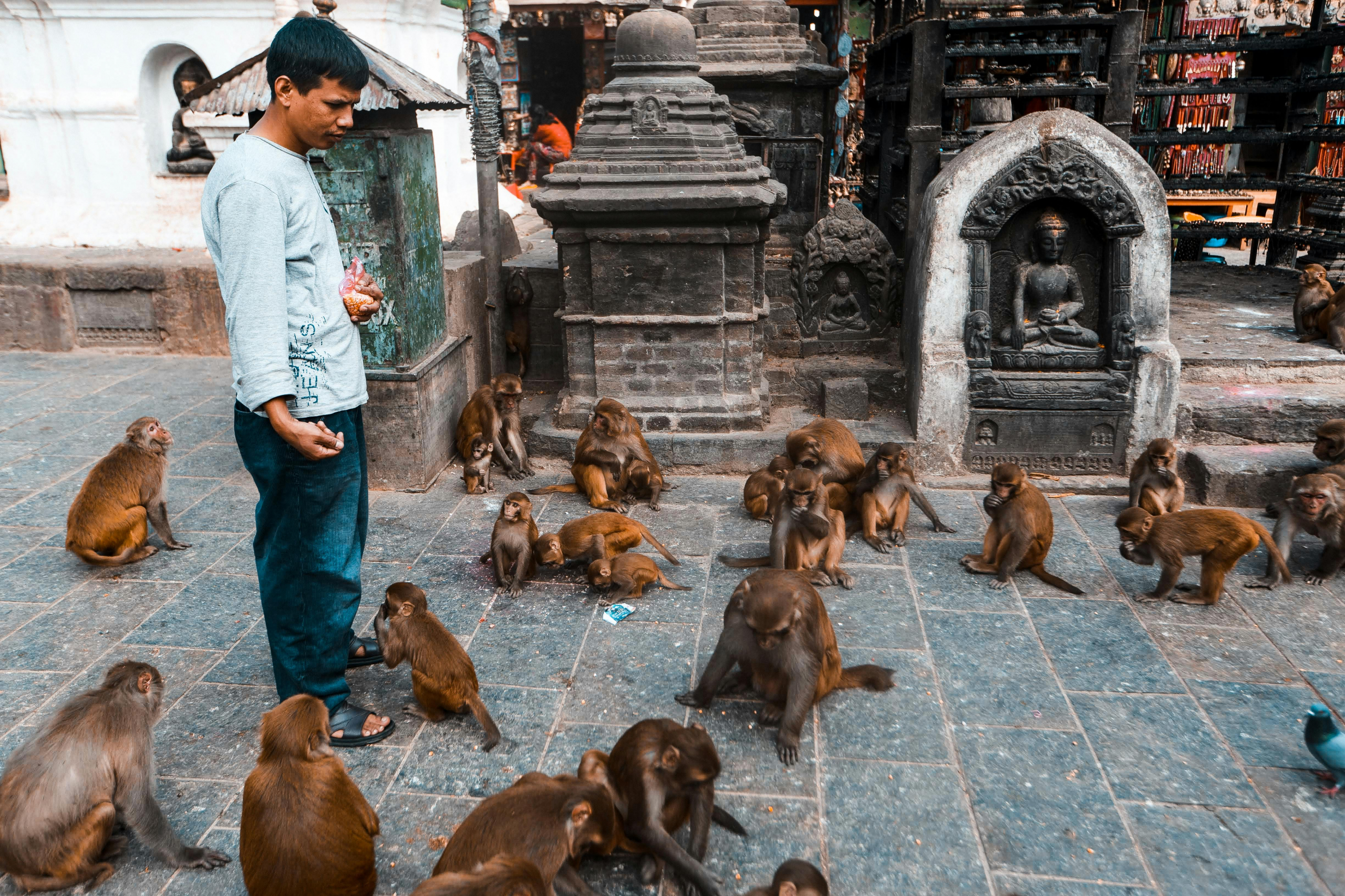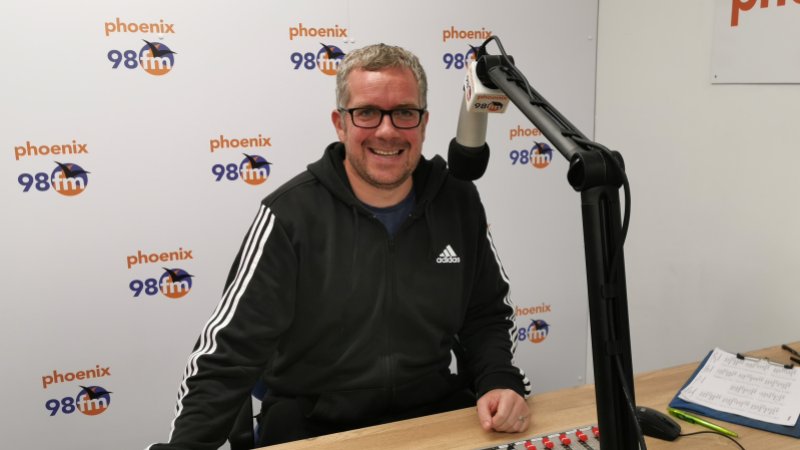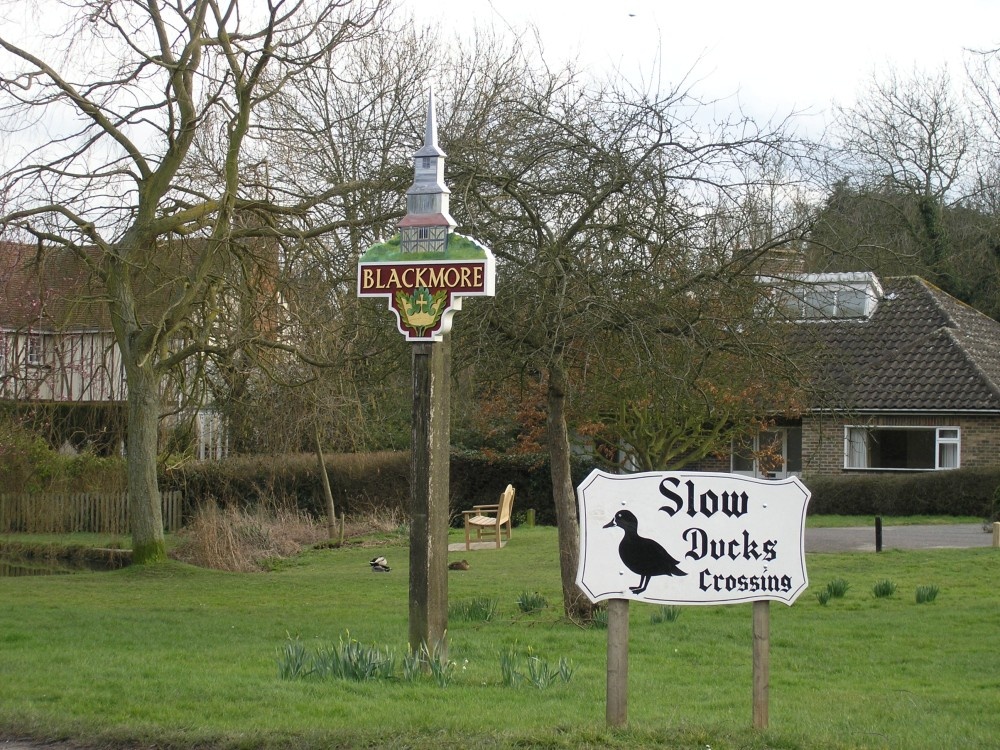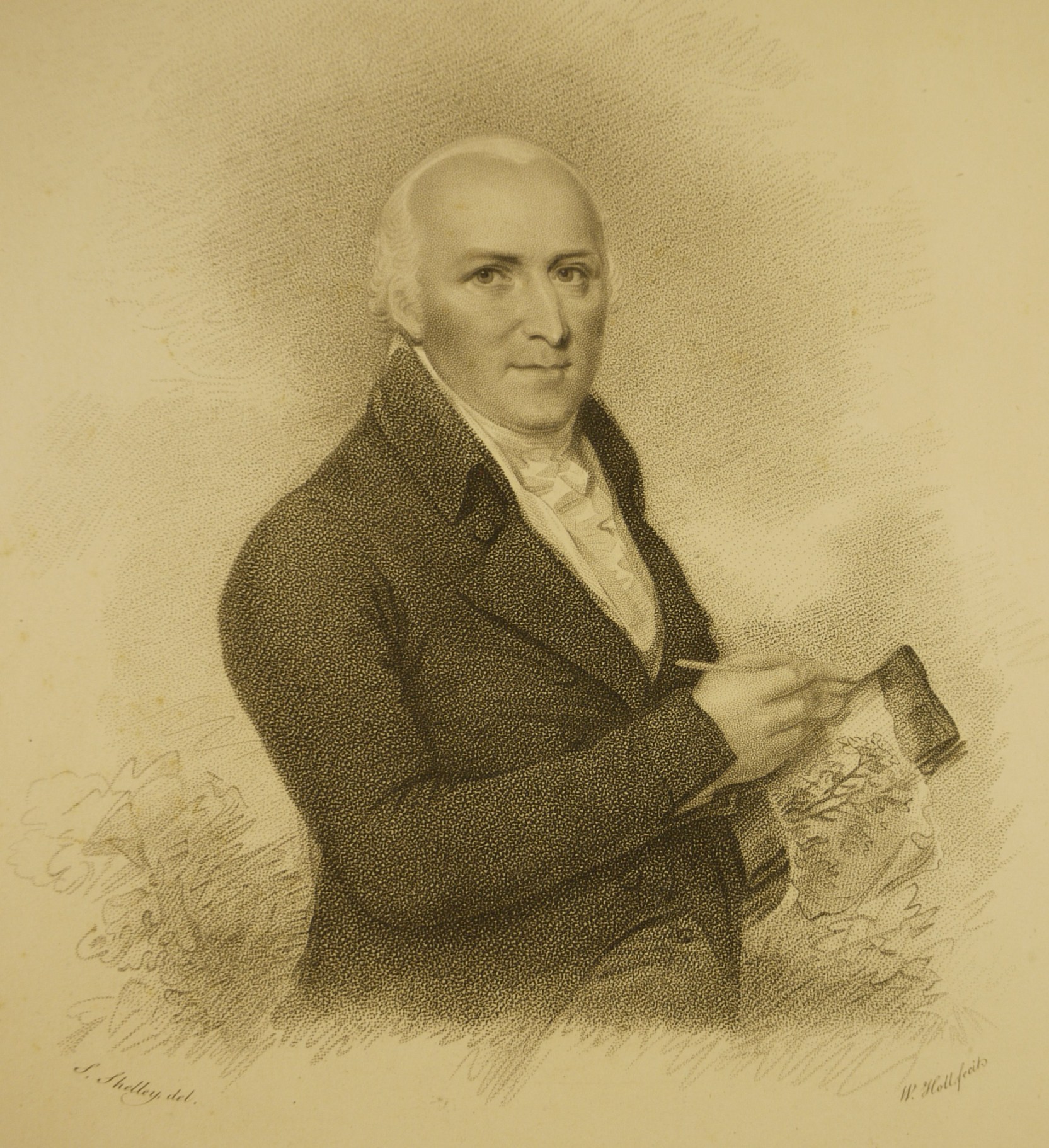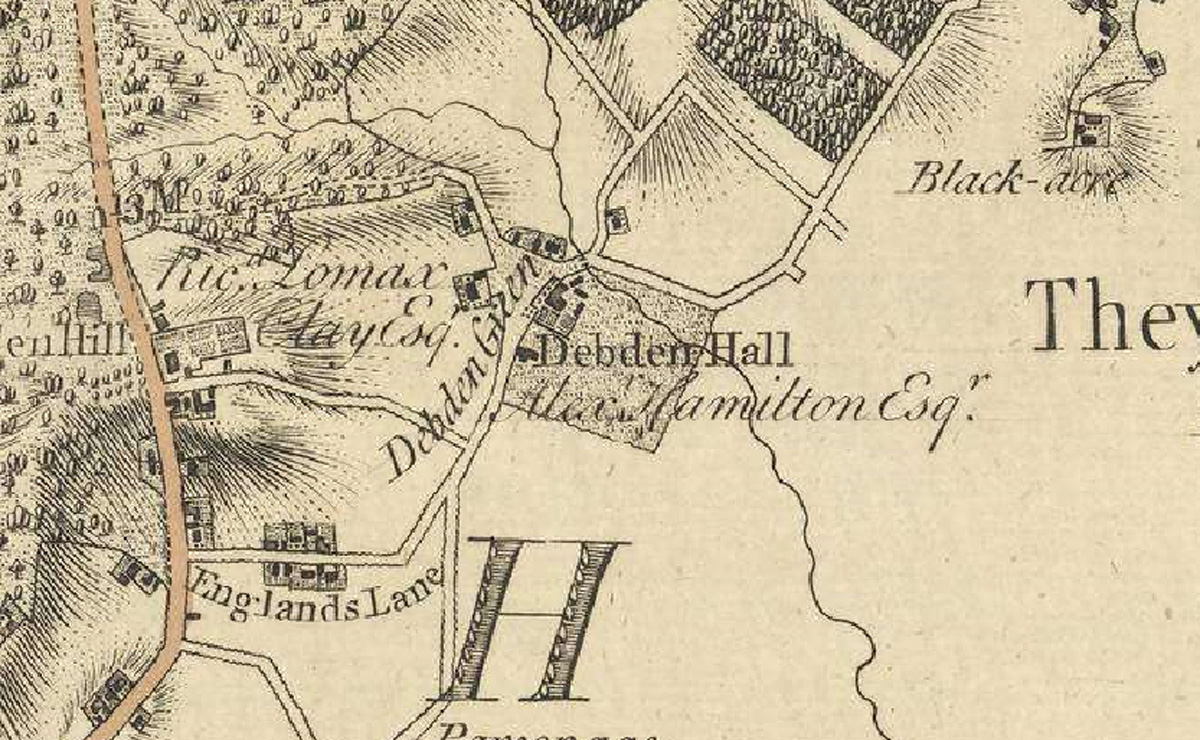I was delighted today to be joined once more by MIKE DAVIES, Chairman of THE RAYLEIGH TOWN MUSEUM.
For a second time, Mike took us over to Southend to look at attractions old and current.
First off Mike looked at THE KURSAAL which at one time was synonymous with the town and in it’s heyday was one of the town’s biggest attractions.
The Kursaal first opened in 1901 as part of one of the world’s first purpose-built amusement parks and is noted for the main building with distinctive dome, but it’s name is German in origin, meaning, “a public room in a health resort or an amusement park.”
But interestingly it wasn’t always known as THE KURSAAL and was for a time was known as Luna Park, with a host of attractions, including the Harton Scenic Railway and Figure of Eight roller coasters, a miniature railway, Astley’s circus and a cinema. They were attracting around 100,000 visitors a week until fire destroyed two of the park’s most notable attractions, the Joy Wheel and the Figure of Eight Railway Coaster in June 1911.
Then American industrialist, Clifton Jay Morehouse became the new owner, and re-instated the Kursaal name, converting the circus into a ballroom and ice rink, leading the park to become one of the most successful in England at that time, establishing local sporting events and trade exhibitions.
Amazingly in 1916 a zoo housing bears, tigers and wolves was opened at the 4-acre site which only closed at the outbreak of the second world war.
But the real heyday was yet to come as during the 1950’s over 500 coaches descended on the Kursaal every Saturday evening and then in the 1970’s the Kursaal made its name as Southend’s preeminent rock music venue, showcasing internationally successful acts such as Black Sabbath, Deep Purple, Thin Lizzy, Queen and AC/DC.
Unfortunately all good things must come to an end and by December 1977 the decision was taken to close the ballroom, with the main building finally succumbing in 1986. The outdoor amusement area was later redeveloped for housing.
Although a multimillion pound re-development attempt was made by the Rowallan Group, it was short-lived and by 2020 there was almost nothing left.
Likewise Southend airport has also had a rather chequered history.
In 1909, two men from Leigh tested their monoplanes on the site that would become the airport.
During August Bank Holiday in 1912 Claude Graham White landed a hydro plane in front of a large crowd just west of the pier and by 1920 The Southend Seaplane and Pleasure Trip company offered regular flights for a short time to Rochester, Clacton and Margate.
Then with the advent of the first World War the airfield was established by the Royal Flying Corps to be taken over by the Royal Navy Air Service in 1915, re-naming it as RFC Rochford.
It was designated as a night fighter station and many sorties were flown against Zeppelin airship raiders, including LZ38 on 31 May 1915.
After the war the airfield was closed and reverted to farmland, although for a short period in the early 1920’s pleasure flights were provided for visitors to the seafront.
And for a short time during the early 1930’s daring enthusiasts raced across the turf at Southend Airport in home-built aircraft of wire and plywood – dubbed “The Flying Fleas”, they would risk their necks for a few seconds airborne aboard hand built craft using motor cycle engines!
Following a long chapter of accidents, this era came to an abrupt end when insurance companies refused to insure participants against third party risks.
And then in 1933 Southend Borough Council bought the land with the airport being officially opened as a municipal airport on 18 September 1935 only to be requisitioned by the Air Ministry at the outbreak of WWII under the name RAF Rochford becoming a base for fighter squadrons.
In the 1950s, three new runways were added, enabling commercial flights for passengers and cargo and during the 1960’s Southend became third busiest airport in the UK.
In 1954 Freddie Laker launched his Channel Airbridge from Southend Airport.
Unfortunately at the end of February 1972, Channel Airways, which had its hub and headquarters at Southend, ceased operations and the airport’s decline accelerated as jet aircraft were unable to use the runway due to its short length.
However things started to look up when in 2008 the airport was bought by the Stobart Group for £21 million, becoming part of the Stobart Air division of the Stobart Group, which also operates Carlisle Airport.
Two years later Stobart took out a £100 million loan partly to fund the airport construction.
A replacement air traffic control tower became operational 21 March 2011, followed by the return of year-round daily passenger services 27 March 2011 when Aer Arann commenced services to Galway and Waterford in Ireland.
That same year EasyJet announced a ten-year agreement with Stobart, and in April 2012 commenced around 70 flights per week from Southend, using three Airbus A319 aircraft based at the airport, flying to eight European destinations. Easyjet’s operation at the airport increased to 16 destinations and in the summer of 2018 they based a fourth aircraft at Southend, an Airbus A320.
A new on-site rail station opened on 18 July 2011 although the official opening was actually on 21 September 2011, with a new road being opened on 1 September 2011, replacing Eastwoodbury Lane that lay in the path required for the runway extension.
Then came the disruption caused by the COVID epidemic from which the airport has yet to fully recover.
Venture capitalists, Carlyle Global has recently taken an 82% stake with the declared intention of an instant £5m cash injection with a further £27m to follow so we must hope that this show of confidence will encourage airlines to look positively at the potential the airport offers.
Listen again here to all Mike told me today: –
In the second hour of today’s programme we heard about problems caused by monkeys in Thailand running amok.
We’ve often heard people complaining that monkeys are in charge of a town council.
But in one town in Thailand all the indications suggest that they really are running the place.
For a start there’s 2500 of them and it seems they are turning aggressive with breaking out between with rival gangs of monkeys.
In addition the monkeys have become hungrier and more aggressive.
A manager of a local auto parts store has taken to talking to customers through a metal grille to stop the primates from getting inside and stealing parts.
The local police have been forced to set up a special unit to tackle them. They pound the streets with wooden slingshots aiming them at the monkeys to scare them off but a ranger from the Department of National Parks, Wildlife and Plant Conservation (DNP), is taking a more targeted approach using a tranquilliser gun with the aim of removing them to a temporary shelter, before relocating them to more suitable areas.
But now there are rumours that the Royal Thai Army maybe about to move in for a mass capture.
So I think I’d better “ape” off right now but hope to see you once again tomorrow,
Scott

